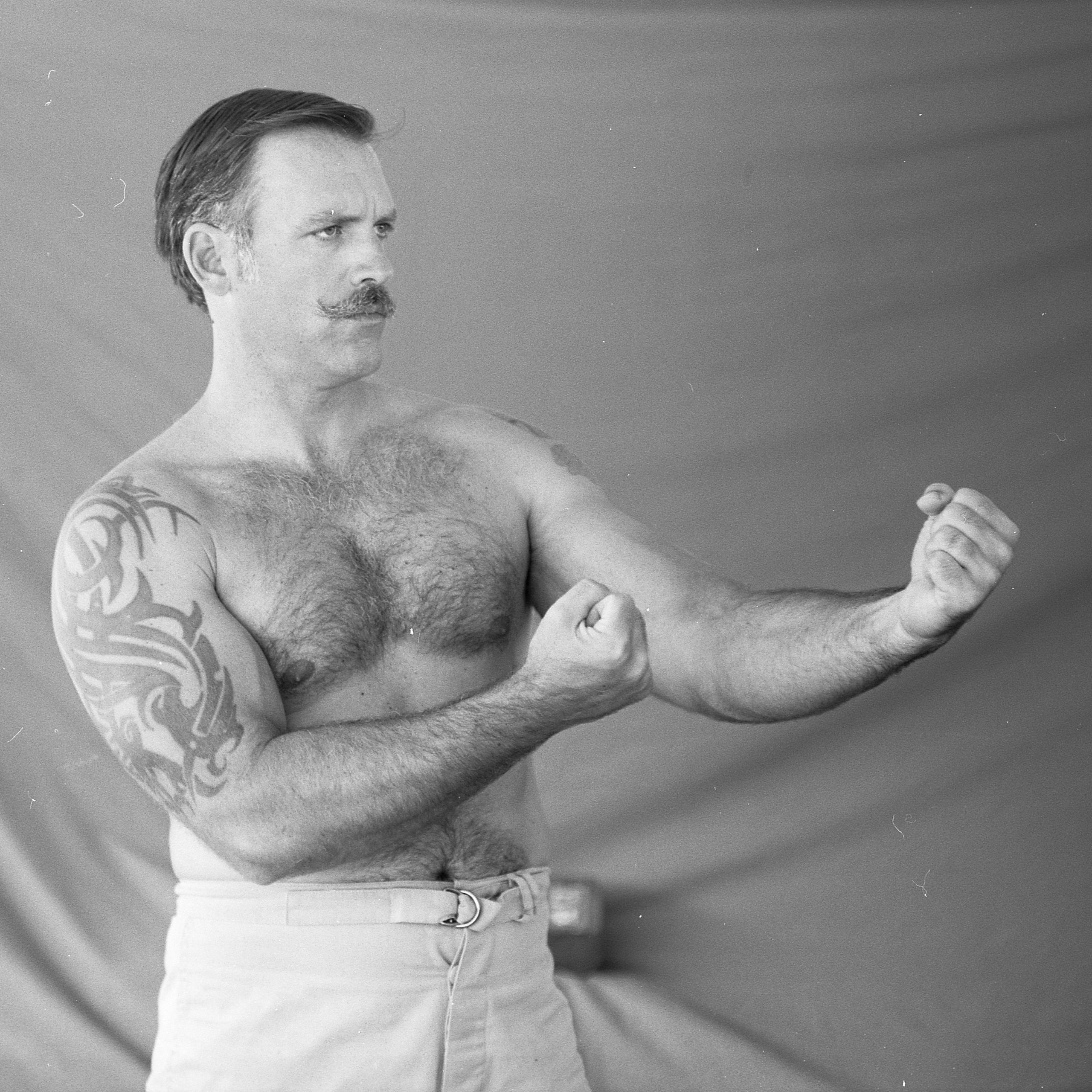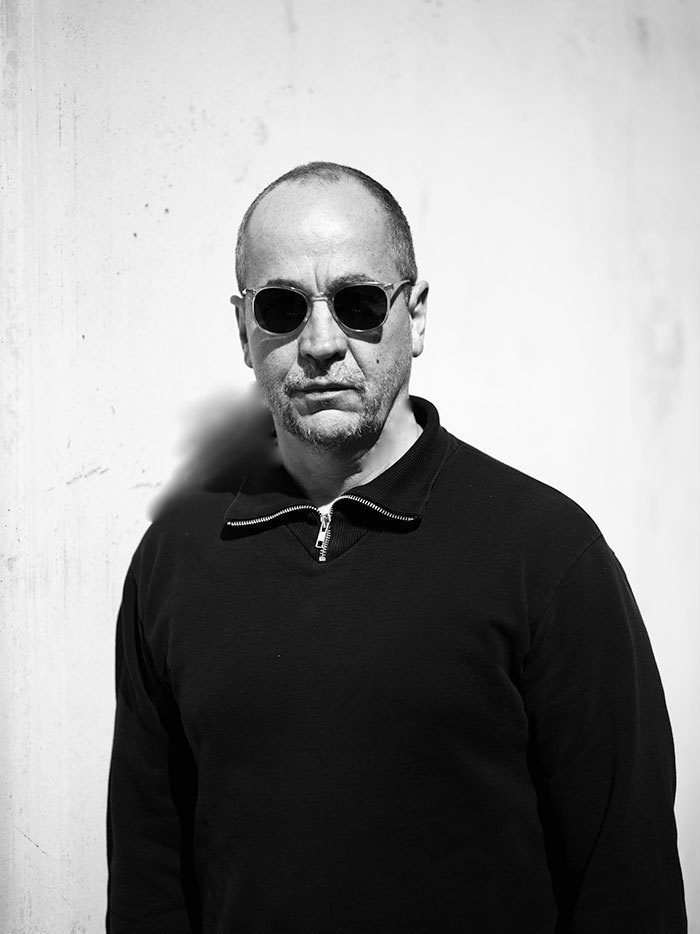The Return of Film Photography: The How and Why
The history of photography is a story of technological progress. With every innovation on the technical side came new applications on the artistic side. But as with everything over the last century, technological advances kept coming faster and faster, transforming the field with every wave of progress.
But what we are seeing after decades of rapid change is a push in the opposite direction. We are now seeing the return of film photography.
Within the last few years, Kodak reintroduced its popular Ektachrome film. Meanwhile, Fujifilm is reigniting the instant film market. Film sales have increased steadily over the last five years, with 2019 being the strongest year yet in the resurgence.
This trend is driven by several forces: nostalgia and appreciation for the traditional process, intangible aesthetic qualities, and more. Whatever the individual reasons, the trend is clear. So let’s examine why film is making its big comeback.
Digital Sets the Table
When past techniques are adopted, a major cause is usually lurking in the new way of doing things. This is especially true in the world of photography.
As recently as the 90’s, people’s relationship to photography was almost entirely analog. By and large, if you wanted to take photos of any kind — whether to professionally photograph a wedding or capture a family vacation — you were likely working in film.
This included buying a camera, buying rolls of film, and spending money on the back end to develop what you shot. Much of the guesswork had been taken out of consumer cameras and professional equipment was very reliable, but nothing could eliminate those upsetting surprises when you got your prints back.
The cost and uncertainty of film began to face the rise of less expensive and always more powerful digital cameras. DSLRs, invented in 1986 by Nikon, were dropping in price and improving in quality over the ’90s. And by 2000, consumer-level digital cameras were all the rage.
These devices allowed you to check your work as you went, and rather than buying a new film, you just needed to drag photos off of reusable memory. It seemed that digital cameras had solved all the problems of film photography.
By the introduction of the iPhone in the summer of 2007, high-quality digital cameras were in everyone’s pockets.
These trends led to a rapid collapse of the film market. Of course, many professional photographers — especially of the old guard — never took the leap to digital, but these were outliers. In 2009, the legendary Kodachrome film ceased production. For many die-hard film lovers, the apocalypse had arrived.
But as digital became the dominant format, photographers began to realize what they’d lost. While resolution could always improve, the feel never seemed to approach the dream-like quality of film. While costs could always go down, the relationship to each shot was eroded as you could always take another. While printing high-quality photos at home became achievable on a budget, the magic of the darkroom was gone.
A new balance was needed. Digital for some, film for others. But there had to be a choice. A few key trends and longed for features of film became the headwinds of the movement to bring film back.
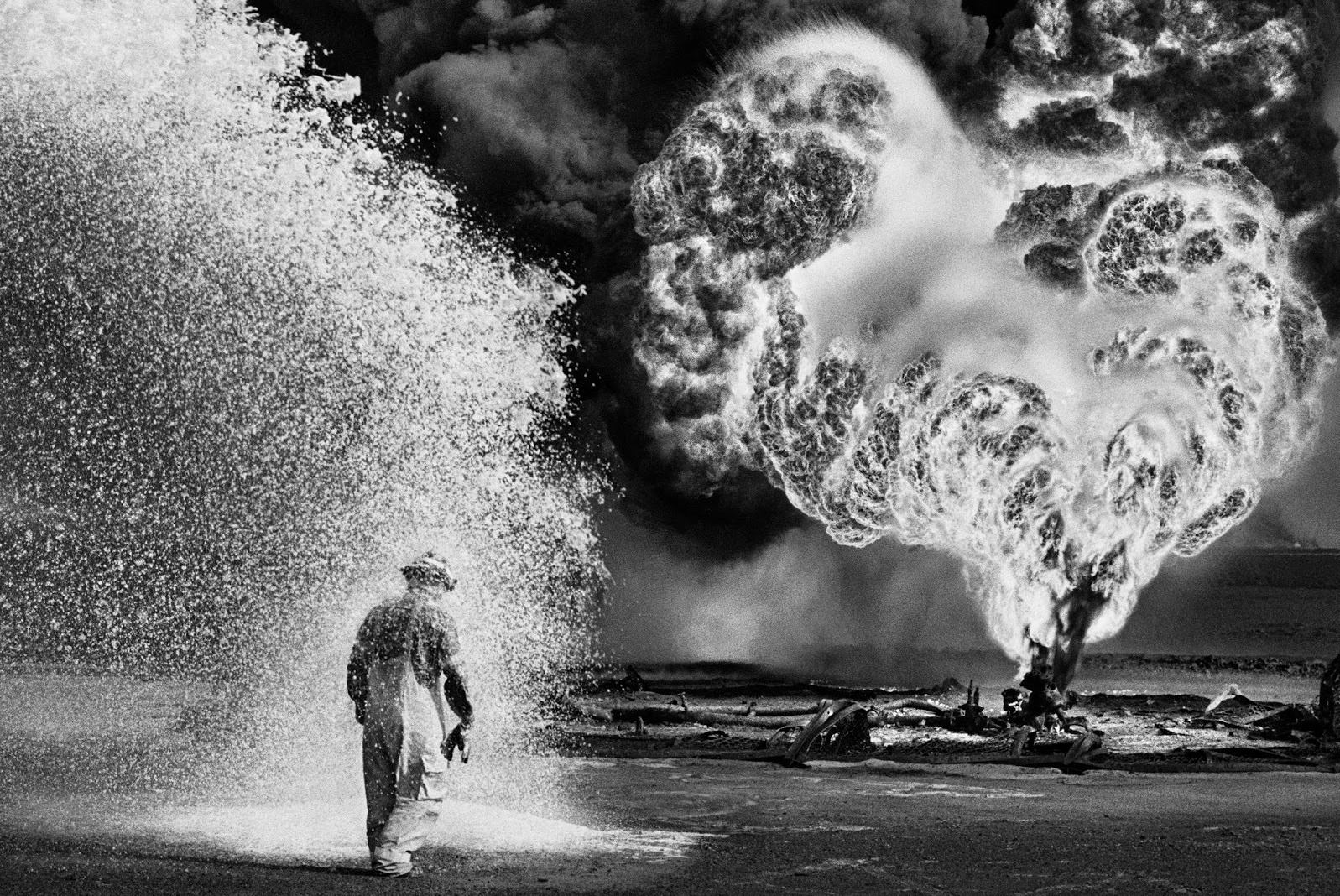

Nostalgia for the Process
First and foremost, nostalgia has brought film back. But we don’t just mean misty-eyed pining for a romanticized past. We mean a society-wide feeling of loss as we entered the digital age.
It turned out that many parts of the film the process that digital sought to eliminate were important to the joy of photography:
- A tangible end product that you could hold in your hand
- Taking care of every shot
- Development processes allowing moments of discovery
These were once emblematic of the photographer’s life, but digital disposed of these important qualities.
Looking through negatives and printed photos can never be replaced by the endless scroll of digital memory. Even the handling of a roll of film as you loaded it into your camera held a charm that memory cards could not replace.
And with digital’s enormous capacity to store photos, each individual shot can be thrown away. Photographers yearned for the old relationship with their subjects when care and practice merged in a moment caught in the brief parting of the shutter.
The entire flow from shooting to developing to end product was destroyed by digital as well. The anticipation and excitement of the development process had ended. Further, photographers who developed their own work missed the challenge and creative approaches locked in the darkroom.
And surprisingly, many of the photographers who were driven to film by nostalgia were too young to remember a film-only world. Still, they made the choice to forego the convenience of digital for the experience of analog.
“What do we feel when we look at a good photograph? We just want to be there, right at the exact moment that photo taken!”
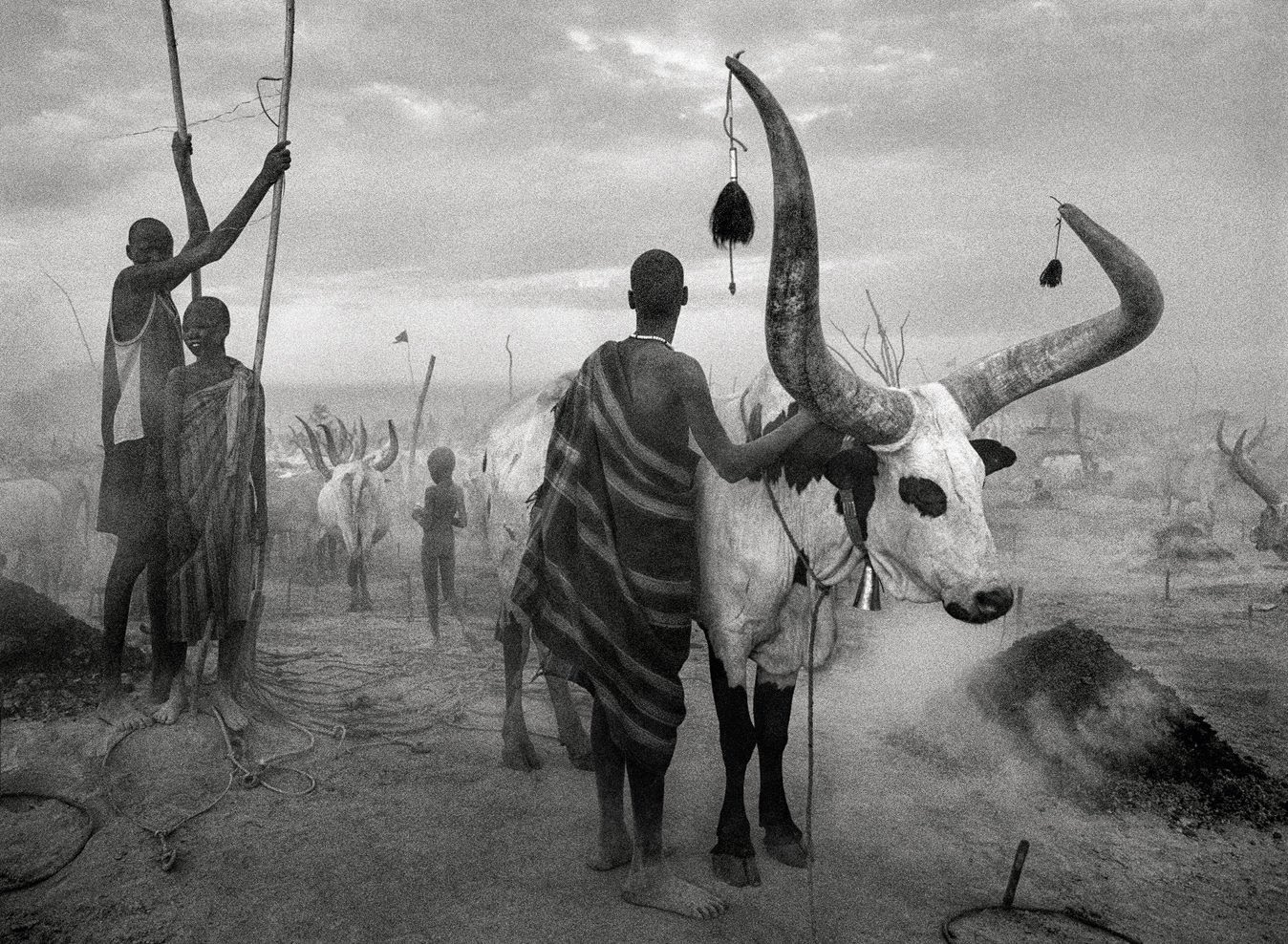
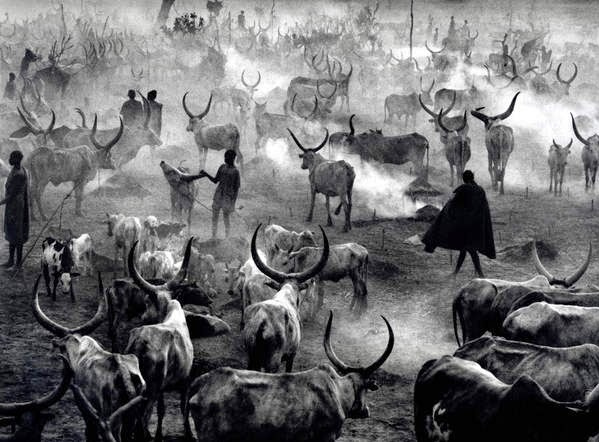
The Feeling of Film
For art photographers especially, the most important feature of a format is the aesthetic. Between digital and film, there is no objective way to say one looks better than the other, but for each photography project, the artist will have a preference. What many photographers have decided is that for their work, the feel of film is superior.
Film is able to capture moments with a tenderness that digital has yet to match. And when combined with darkroom prowess, it can be a forgiving medium. Film has the ability to manage and contain highlights and sunlight, and its high dynamic range means that you can play with exposure in development. Those traits alone make it feel more like playing with and capturing light.
There are also visual qualities that cannot be so easily quantified. With analog film, the ghost of the moment is present and can be felt. Digital photography, on the other hand, often presents a sterile recreation of the moment.
“Photographs are just light and time.”
- Aza Holmes
Two Roads
These reasons to choose film over digital are driving a turnover in the market. Manufacturers are listening. But the most important effect is in the choice it brings back to photography.
Today, digital is widely accepted, inexpensive, and easy to use. At the same time, film is once again widely available to photographers who value the process and look of analog.
In other words, the return of film photography has brought meaningful choice back to the photographer.
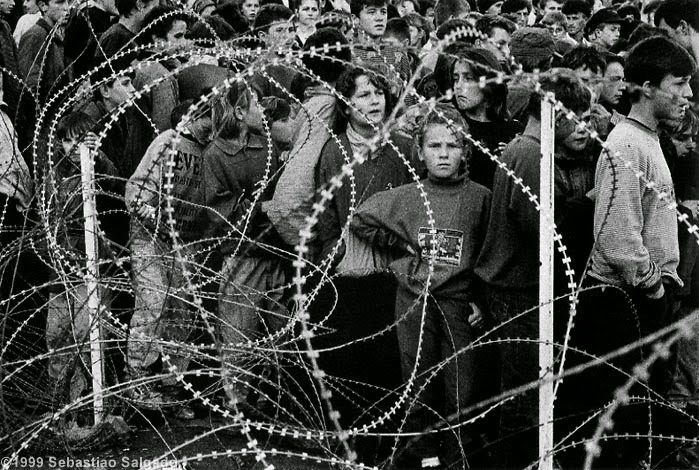

“Photography is a way of feeling, of touching, of loving. What you have caught on film is captured forever… it remembers little things, long after you have forgotten everything.”
Be in touch. Our next guest is a film photographer from Hawaii — Aloha aka BigMike
Photography Blog

The story of a Priest

Photography in Contemporary Art

Sotheby's Paris Car Auction

Fujifilm X-PRO3 — Old new rangefinder
